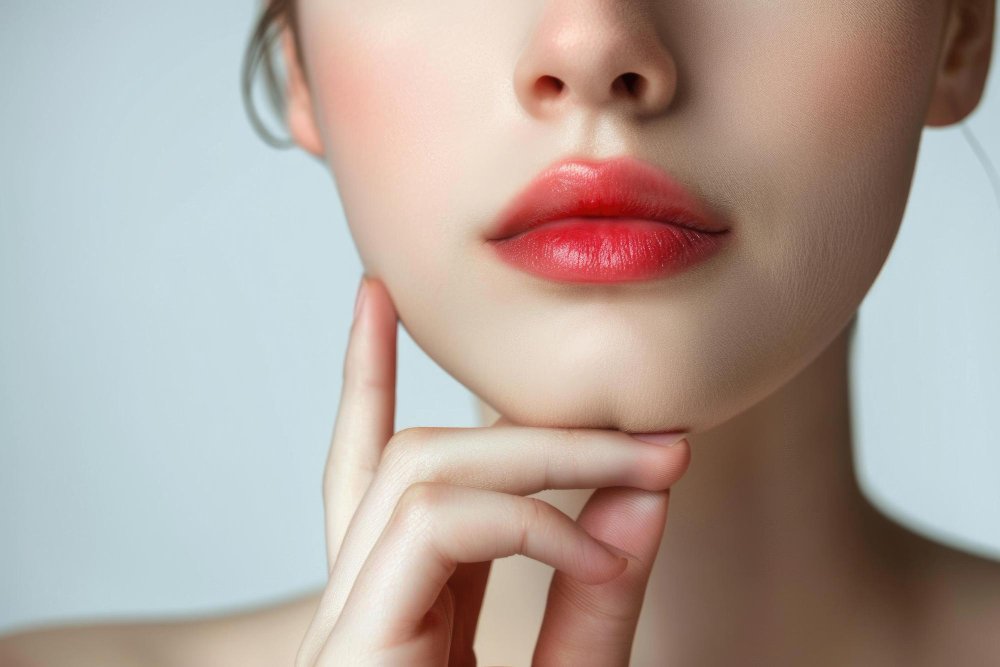The Art of Contouring: A Comprehensive Guide for Beginners June 7, 2024

Contouring has become an essential makeup technique for creating a sculpted, defined look. It can enhance your facial features, giving you a more polished and dramatic appearance. If you’re new to contouring, this comprehensive guide will walk you through the basics, helping you master the art of contouring with confidence.
What is Contouring?
Contouring involves using makeup to define and enhance the natural structure of your face. By applying darker shades to areas you want to recede and lighter shades to areas you want to highlight, you can create the illusion of depth and dimension. This technique can make your cheekbones appear higher, your nose slimmer, and your jawline more defined.
Essential Contouring Products
1. Contour Stick or Powder:
Choose a contour product that is one to two shades darker than your natural skin tone. Contour sticks are great for precise application, while powders are easier to blend.
2. Highlighter
A highlighter should be one to two shades lighter than your skin tone. It can be a cream, liquid, or powder.
3. Blending Brush or Sponge
A good blending brush or sponge is crucial for achieving a seamless look.
4. Setting Powder
To set your makeup and ensure it lasts all day, a translucent setting powder is essential.
Step-by-Step Contouring Guide
1. Prep Your Skin
Start with a clean, moisturized face. Apply your foundation and concealer as usual.
2. Identify Your Face Shape
Understanding your face shape is key to effective contouring. Common face shapes include oval, round, square, and heart-shaped. Each shape requires a slightly different approach to contouring.
3. Apply Contour
Using your contour stick or powder, apply the product to the hollows of your cheeks, along your hairline, and under your jawline. For a slimmer nose, apply contour on the sides of your nose.
4. Apply Highlighter
Apply highlighter to the high points of your face: the tops of your cheekbones, the bridge of your nose, your brow bone, and the center of your forehead. You can also apply a small amount to your cupid’s bow and the inner corners of your eyes for an extra pop.
5. Blend, Blend, Blend
Use a blending brush or sponge to blend the contour and highlighter into your skin. The key to natural-looking contouring is seamless blending. Make sure there are no harsh lines and everything looks smooth and well-integrated.
6. Set Your Makeup
Use a translucent setting powder to set your makeup and keep it in place throughout the day.
Tips for Perfect Contouring
Start Light: It’s easier to build up product than to remove it, so start with a light application and add more if needed.
Use the Right Tools: Invest in good quality brushes and sponges for the best results.
Practice Makes Perfect: Contouring can be tricky at first, but with practice, you’ll get the hang of it.
Blend Well: Always ensure your contour and highlight are well blended to avoid harsh lines.
Conclusion
Contouring is a powerful makeup technique that can enhance your facial features and add dimension to your look. By understanding the basics and practicing regularly, you can master the art of contouring and achieve a flawless, sculpted appearance. Whether you’re getting ready for a special occasion or simply want to elevate your everyday makeup routine, contouring can help you look and feel your best.
